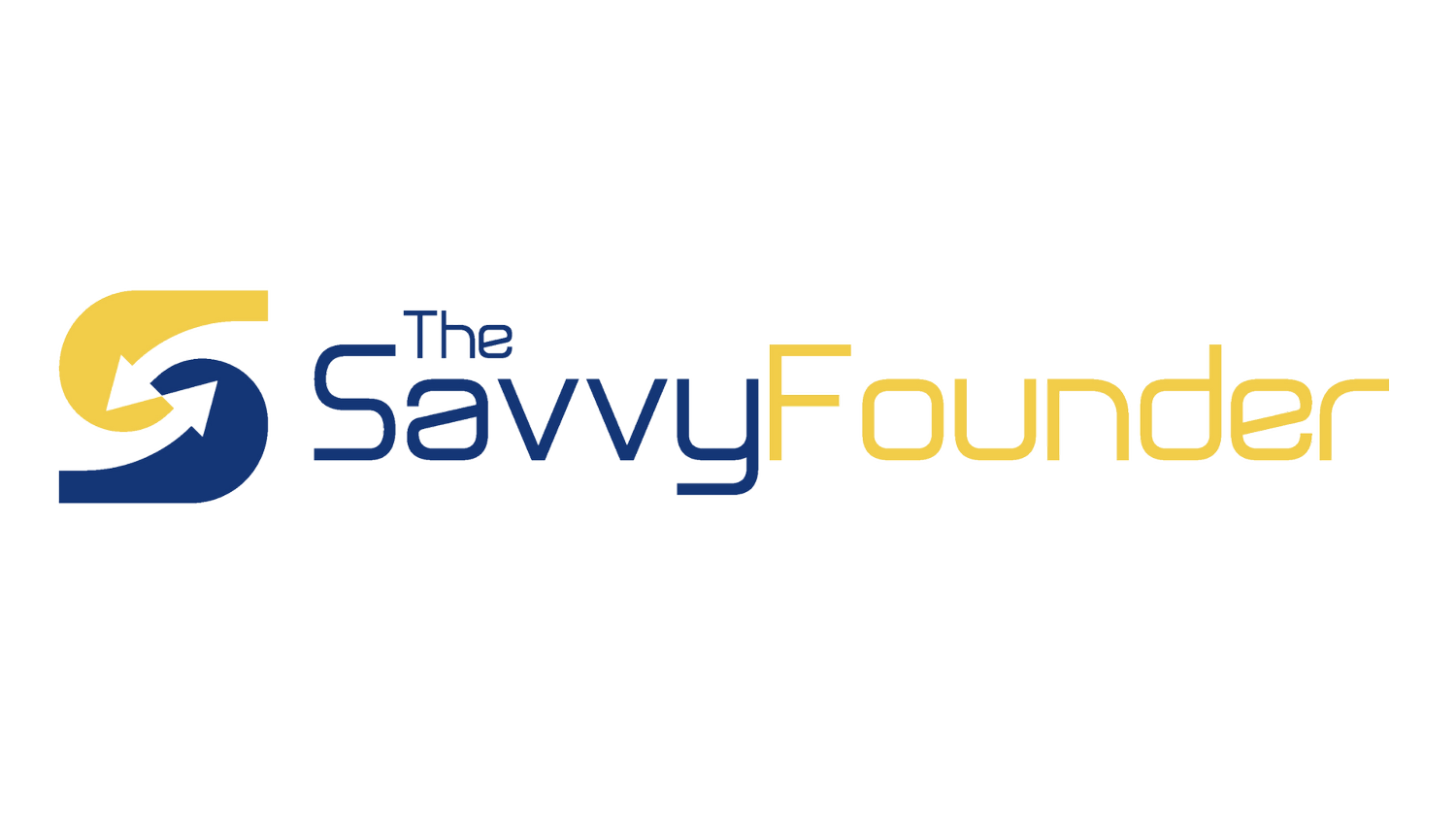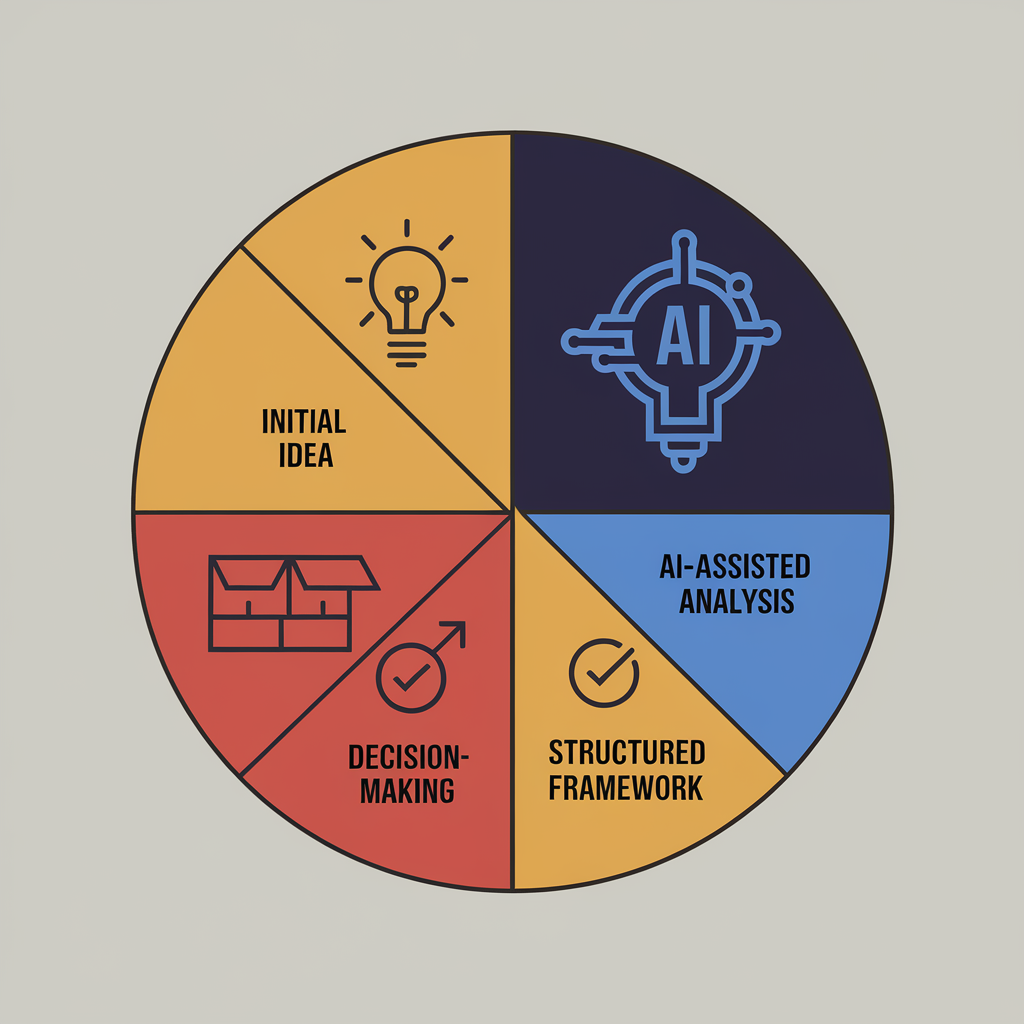Quick Ideas, Smarter Decisions: Using AI to Rapidly Evaluate Opportunities
How I Used Generative AI to Turn a Simple Idea into a Powerful Strategic Tool
TL;DR: By leveraging generative AI, I rapidly evaluated a simple idea from the Private Directors Association, turning it into a structured strategic decision-making framework. This streamlined process and clarified project priorities, showing AI's effectiveness as a strategic partner. (See the detailed AI evaluation framework in the addendum.)
Introduction: I regularly attend meetings of the Private Directors Association (PDA), where networking is essential. We have various ways of connecting—from large, formal quarterly meetings and national conferences to smaller, casual gatherings and interest-focused groups. One particular format, the "Troika," encourages small groups of three people to connect for deeper conversations. While it's a valuable idea, organizing these meetings proved tricky due to scheduling conflicts and matching preferences. It sparked an idea, but I needed a structured way to evaluate its viability quickly and effectively.
Here's how generative AI helped me evaluate this casual idea strategically, saving time and refining my decision-making process along the way.
My AI-Assisted Ideation Journey:
Step 1: Clearly Capturing the Initial Idea Initially, I described the Troika scheduling challenge to the AI, outlining the problem and its context based on my experience within the PDA.
Step 2: Quickly Refining and Structuring the Idea Using AI, I rapidly refined my casual idea into a structured, actionable concept, complete with a clear title, description, key features, benefits, and initial use cases.
Step 3: Iterative Adjustments and Improvements I reviewed the AI-generated concept and made small adjustments, refining it further to align perfectly with my vision.
Step 3: Creating a Preliminary Project Plan AI helped me quickly outline an actionable project plan, starting with customer discovery and proceeding toward prototyping and design. This gave me a clear picture of the resources needed.
Step 4: Evaluating Business Model and ROI With AI, I quickly developed business model considerations and an estimated revenue scenario, revealing the project's potential scope and financial viability.
Step 5: Strategic Decision and Framing The AI-assisted analysis highlighted a modest ROI, prompting me to strategically frame the Troika app as a community-focused initiative. This allowed clearer communication about feasibility and community buy-in.
Turning the Process into a Repeatable Framework (See Addendum):
The most significant takeaway wasn't just the decision—it was recognizing how AI could transform my spontaneous evaluation process into a repeatable strategic framework. With clear prompts (detailed in the addendum), AI now serves as a strategic partner, significantly streamlining my decision-making for future ideas.
Lessons Learned and the Power of AI:
This experience taught me the real value of generative AI goes beyond quick answers—it's in the systematic enhancement of strategic thinking and prioritization. AI clarified not just whether an idea was feasible but helped me quickly decide if and how it should be pursued.
Looking forward, the rapid advancements in AI promise even quicker and more insightful evaluations, turning weeks of strategic assessment into just days or even hours.
Conclusion: By leveraging AI to turn my idea-evaluation process into a structured strategic framework, I've freed more time and mental energy for high-value strategic thinking. This approach has given me a reusable toolkit—my own AI-powered strategic superpower.
(Refer to the addendum for the full repeatable AI evaluation framework with detailed prompts.)
Quick Idea Evaluation Framework with GPT Prompts
Step 1: Extemporaneous Idea Evaluation
Brief Reflection:
Idea: Describe briefly in your own words.
Initial Thoughts: "Extemporaneously assess the idea."
Challenges/Opportunities: Identify early insights.
Prompt:
“Quickly explain your idea and its immediate challenges or opportunities.”
Step 2: Structured Idea Refinement
Create a Structured Concept:
Title: Clear, compelling, descriptive
Description: Concise, easy-to-understand overview
Key Features: Clear, bullet-pointed list
Benefits: Explicit user and/or organizational value
Prompt:
“Convert my idea into a structured summary including a clear title, concise description, key features, and benefits.”
Step 3: User Review & Adjustments
Review the structured concept:
Identify ambiguities or missing information.
Suggest immediate refinements.
Prompt:
“Based on this structured summary, highlight areas needing clarification or improvement and suggest adjustments.”
Step 4: Initial Project Plan Creation
Outline an actionable project plan with phases:
Phase 1: Customer Discovery
Phase 2: Concept Design
Phase 3: Project Planning (Tech stack, resources)
Phase 4: Prototype and Testing
Prompt:
“Provide an initial project plan beginning with customer discovery interviews and progressing through concept design and testing phases.”
Step 4: Business Model & Revenue Estimation
Evaluate revenue and business models:
Select appropriate revenue streams.
Generate a preliminary financial outlook.
Prompt:
“Suggest realistic revenue models and provide a preliminary revenue estimate for the first year.”
Step 5: ROI Assessment & Strategic Framing
Evaluate Return on Investment:
Compare potential revenues against the required effort.
Clearly define the strategic positioning:
High ROI: Proceed confidently.
Moderate ROI: Pursue strategically with caution.
Low ROI: Consider community or social-good framing.
Prompt:
“Evaluate ROI. If ROI appears low, suggest a clear strategic framing to guide communication with stakeholders.”
Decision Hurdle
Based on ROI:
Proceed: High ROI or strong strategic alignment
Pause or Pivot: Low ROI or unclear strategic value
Optional Deep-Dive Prompts:
Consider additional analyses to strengthen your evaluation:
Competitive Analysis:
“Identify competitors or alternatives and evaluate their strengths and weaknesses.”
Risk Assessment:
“List significant risks or potential pitfalls.”
Scalability Considerations:
“Evaluate the idea’s scalability beyond initial implementation.”


